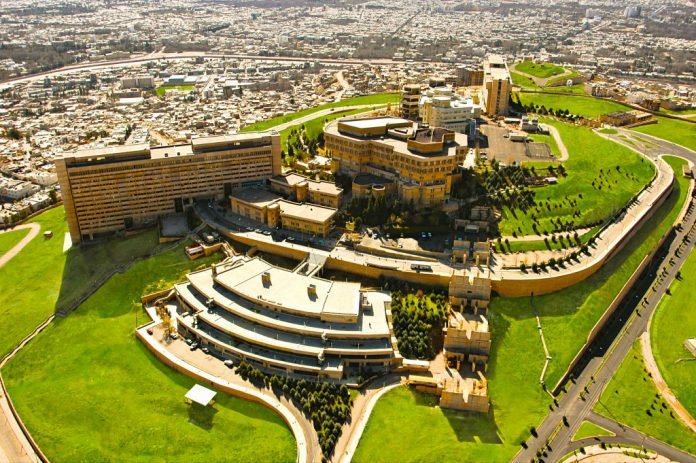
The term dâr al-‘ilm, Abode of Knowledge, was used in the early centuries after the hijra to describe a library and a place of learning. The epithet was also used to refer to cities renowned as centers of learning, Shiraz among them. According to the Shirazi scholar Sadr al-dîn Mahallâtî (Kânûn-i Dânish 1954), the city acquired the title dâr al-‘ilm in 1665 (1066H), when the Safavid Shah ‘Abbâs II issued a document officially conferring the title to Shiraz in recognition of the large number of scholars and schools in the city. Here, the term ‘ilm refers to several interconnected domains of scholarship centered around but not limited to theology and jurisprudence.
The term also refers to the social relationship embedded in the institutions for higher learning (madrasas) and in the scholars (‘ulamâ’) who frequented them. Whether, as Mahallâtî argued, dâr al-‘ilm referred exclusively to the ‘ulamâ’ of Shiraz or included other forms of knowledge, in the nineteenth and twentieth centuries the term dâr al-‘ilm was often used more broadly to indicate the disposition of Shiraz and its inhabitants towards knowledge. In these writings Shiraz is the city embodying knowledge as a quality of people and things, reflected in its generations of grammarians, theologians, philosophers, mystics and poets, and nurtured by its equally famous pleasant gardens and climate.
making of Shiraz as an emblem of the culture of Iran. Although inspired by traditional etymologies and epithets, the book is not concerned with their origins or authenticity and uses the title as a descriptive construct to examine the production of knowledge in and about Shiraz and the conditions that enabled it in the twentieth century.

